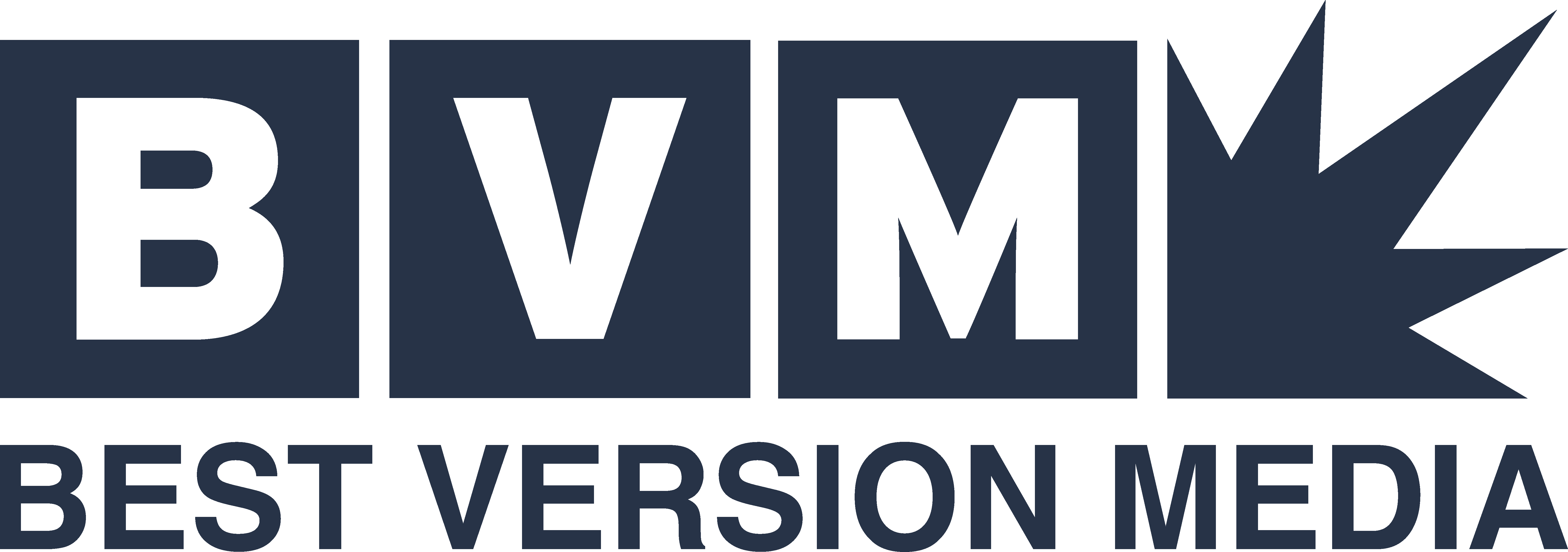
Understanding Ad Targeting: What Every Local Business Owner Gets Wrong
Ad targeting has been a strategy used by businesses since the inception of print advertising, and it has only grown in popularity with the rise of digital marketing. By focusing on specific audiences, targeted ads help maximize marketing budgets by reaching the customers most likely to engage with a business.
That’s why it’s especially essential for local businesses to utilize ad targeting, as they often lack the extensive resources available to large corporations. Every dollar needs to count, and targeted marketing campaigns consistently outperform mass marketing efforts in delivering results.
In fact, the US Data Corporation revealed that targeted ads are twice as effective as generic ones.
However, not every targeted campaign reaches its full potential. Many local business owners fall into the same common traps that lead to wasted time, effort, and money that they simply can’t afford to lose. To help you make the most of your targeted advertising strategies, here are seven mistakes to avoid. But first, let’s define what ad targeting means.
What Is Ad Targeting?
Ad targeting is a marketing strategy that focuses on a specific group of people who are most likely to engage with a business. The goal is to avoid wasting resources on consumers who have little to no interest in a particular product or service.
There are several ways to define a target audience. Demographic factors, such as age, location, and income, are among the most commonly used, but targeting can also consider shopping behaviors, potential challenges, communication preferences, and personal priorities.
This information will vary between businesses depending on their goals and values, but the objective remains the same, and that’s to place the business and its offerings in front of the most valuable audience.
It’s an incredibly effective strategy that every local business should embrace, but be sure to steer clear of these frequent mistakes.
1. Broad Targeting
Broad targeting occurs when the targeted audience isn’t well defined. If an ad reaches beyond the population who is most likely to be interested in a business’s offerings, the message of the ad often fails to resonate, and it will result in lost ad dollars.
For example, if a beauty salon targets only individuals aged 18-29 but doesn’t refine any other criteria, their ads are likely to be shown to many people who aren’t likely to engage, such as men or those who live outside the local community.
Even if you believe the products and services your local business offers appeal to everyone, it’s still best practice to identify the most responsive audience and focus your marketing efforts towards that group. After all, the most effective ads are the ones that feel personalized.
To solve this issue, clearly define the type of consumer you want to attract and build your marketing campaigns around that profile. Just be mindful that it is possible to be too specific.
2. Narrow Targeting
While a broad approach undermines the purpose of ad targeting, narrowing your audience too much can be just as harmful. It creates the opposite problem of broad targeting, which is overlooking those who may be genuinely interested in your business.
For example, a senior care center that only advertises to individuals over the age of 65 who actively need their services may miss out on slightly younger adults who are beginning to plan for future care needs.
To avoid missing out on valuable opportunities, take the time to evaluate what audience is ideal for you. Don’t fall into the trap that many local businesses do, which is relying on assumptions instead of data when identifying your target customer.
3. Assuming Ideal Audience
If you’ve been running your local business for a long time, chances are you’ve become an expert in your industry and can solve most problems instinctively. While trusting your gut can be an effective method of management, it’s not always foolproof.
It’s especially true when it comes to identifying your ideal audience. While you may have a strong sense of who that is based on daily interactions, more reliable methods exist to take the guesswork out of it.
Utilizing research tools like Google Analytics and others can provide valuable insights about your audience that you may be unaware of. You may discover customer behaviors or influences you hadn’t considered that could be missing from your current marketing strategy.
These insights can come in several forms, preferred social media platforms, common interests, or behavioral trends. Analytics helps ensure you’re targeting the right audience and tailoring your campaigns based on what resonates most.
4. Popular Targeting
Identifying the most attractive demographic for your business is an important step, but narrowing it down to just one type of customer often misses the mark. This is especially true if you’re not already the leading business in your industry within your area, because the odds are that your top competitors are already targeting the most obvious audiences.
This doesn’t mean you should ignore your ideal demographic, but relying solely on it can limit your results. If you find yourself struggling to keep up with local competitors, it’s worth identifying additional segments within your broader target market to reach with your advertising efforts.
Many successful businesses have adopted this approach. For instance, SpotHero, a premier name in parking services, recognized that many similar businesses were competing to offer the lowest price point for their service. In response, SpotHero pivoted to a secondary market, the average business parker. As a result, they emerged as an industry leader.
If your goal is to attract as many customers as possible and grow your business, this is a great way to do so while making the most of your budget. Eventually, you may even become the leader in your industry and gain access to a broader consumer base.
5. Egocentric Targeting
When creating an advertisement, many local business owners fall into the trap of designing it to appeal to themselves. Some may not even realize they’re doing it, but this mindset can be a tremendous detriment to marketing efforts.
Even if you’re an expert in your industry, basing your ads solely on what appeals to you can cause you to miss the mark with your target audience. This is another reason why gathering analytical data is crucial to marketing success. It provides genuine insights into what your customers want, rather than what you assume they want.
Egocentric targeting is another strong argument for working with a specialized marketing team. You’ll avoid wasting your ad dollars while developing campaigns that resonate with your target audience, instead of just yourself.
6. Failing to Adapt Targeting Strategies
Maximizing your marketing efforts isn’t just a one-time task. Even if you create an ad that delivers strong results and drives business, that doesn’t mean your work is complete.
Social and market trends as well as customer behaviors and needs are constantly shifting. Keeping up with these changes is a necessity for success, especially for local businesses. It’s vital to regularly review and update your marketing campaigns to evolve with your audience and remain relevant in the space.
This includes monitoring trends, experimenting with new products and features, and exploring new markets. Staying proactive ensures your business never falls behind and continues to attract your ideal customers.
7. One-channel Approach
This is perhaps the most detrimental mistake that local businesses make. A business may decide that one marketing channel, such as Facebook, sufficiently reaches its target audience, is easy to manage, and stays within budget.
However, this strategy comes with some fatal flaws. A one-channel approach severely restricts your ability to reach your target audience, no matter who it is. It also makes your efforts overly dependent on changes to the platform’s algorithm, which can change unexpectedly, reducing the effectiveness of your marketing efforts.
Instead, use insights from analytical tools to identify which platforms perform best for your business, and be sure to test several platforms to find the right mix for your audience. When in doubt, consider using your marketing budget on professionals in the industry to maximize your reach and results.
The Challenges of Ad Targeting and How Best Version Media Can Help
While these are critical mistakes to avoid, it’s not always easy to address them on your own. Hiring a team of professionals is the most effective way to get the most out of your marketing efforts and attract more customers, but many local businesses don’t have the resources to do so in-house.
Best Version Media solves that problem by offering geo-targeted display and social media ad campaigns along with listings and reviews management across multiple directories and search engines. This approach ensures you maximize your budget and reach your ideal audience, all from one easy-to-use dashboard.
To enhance your advertising campaigns and grow your business, contact BVM today.






